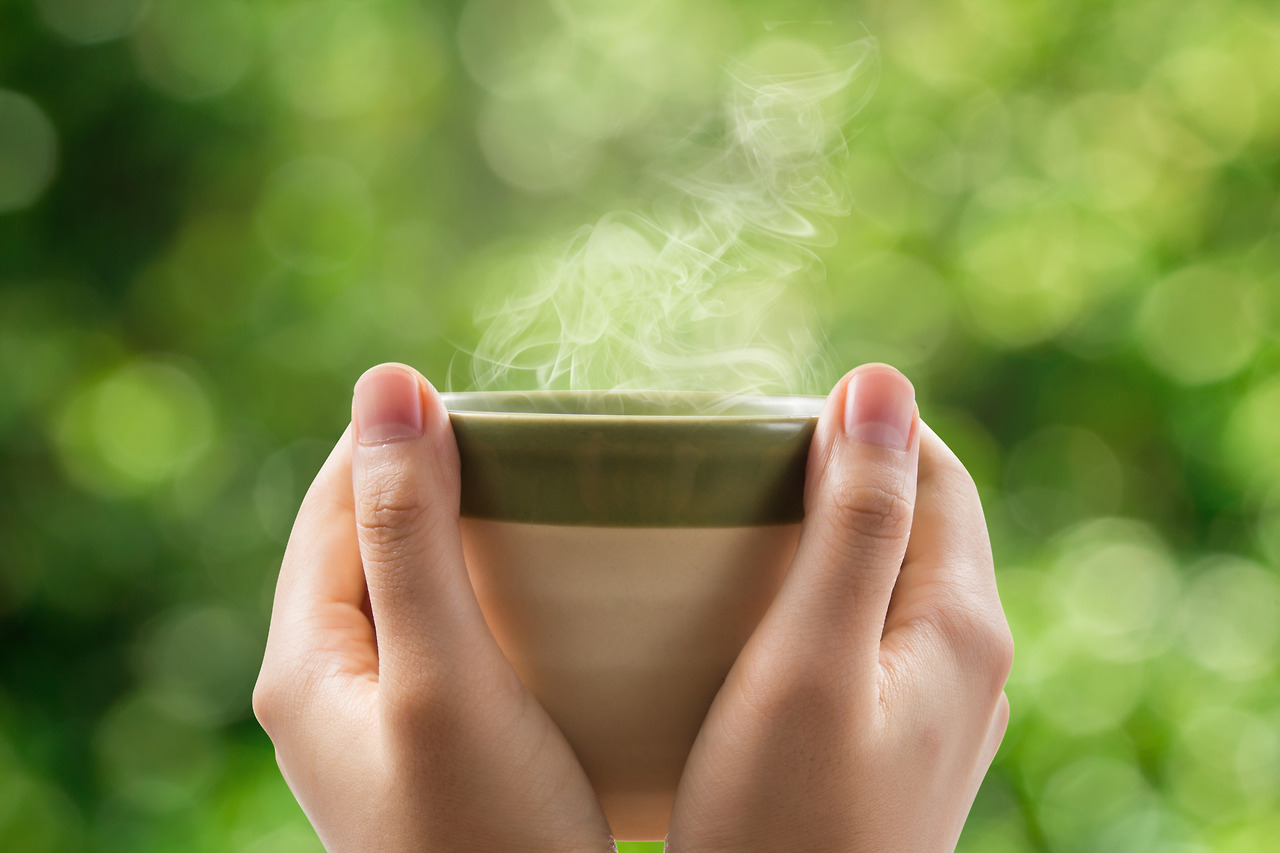
차명상의 본질적 목표는 지금, 여기, 그리고 순수한 나, 진아(眞我)를 있는 그대로 바라보는 것이다. 과거나 미래로 지향해 가는 의식을 현재로 가져오고 지금 존재하는 몸으로 의식을 기울이는 것이다. 차명상은 현재 자신이 머무는 거친 몸에서 미세한 몸, 근원의 몸, 초월적인 몸으로 그리고 궁극적으로 이들 몸 너머에 존재하고 있는 궁극의 차원과 합일을 이루는 것이다.
차명상에 있어서 잡담이나 생각이 다른 곳으로 몰려 차를 우리는 시간이 길어지면 차가 쓰거나 떫어진다. 차를 우리는 과정마다 현재에 집중하고 명상의 주체가 지금의 나라는 것을 분명히 해야 한다. 차명상은 지금과 여기라는 시, 공간을 나라는 주체가 있는 그대로 알아차리는 수행이다.
차명상은 호흡수행이라고 해도 과언이 아니다. 차명상은 다관에 뜨거운 물을 붓고, 우려진 차를 잔에 따르는 과정에서 깊고 유연한 호흡을 해야 한다. 행다에 있어 호흡을 통한 움직임을 알아차리는 것은 안전과 관련이 있으며 조급한 호흡에서는 잔을 떨어트리거나 물을 쏟는 등의 실수가 나올 확률이 높기 때문이다. 차명상은 섬세한 자각을 해야 하는 수행이며, 육체적 움직임이나 호흡이 안정감을 찾을 때까지 충분히 기다리며 마음을 살피는 수행이다.
차명상은 한 잔의 차를 정성스레 우리고 마시고 음미하는 모든 과정에 기다림의 미학이 담겨 있다. 차명상은 차와 물이 만나는 시간을 기다리고 잘 우려진 차의 색과 맛, 향을 천천히 음미하는 수행으로, 차생활은 신경을 느슨하게 손을 움직이는 취미이다.
차명상의 순환적 움직임은 균형과 조화를 목표로 한다. 차명상은 차와 물이 만나는 시간에 치우침이 없는 중정(中正)을 유지해야 한다. 차명상에서 호흡은 심신의 균형과 조화를 위한 수련이다. 차명상은 긴장과 이완의 끊임없는 조율 과정이며 움직임과 휴식의 조화가 수련의 핵심이다.
차가 맛있게 잘 우려진 것을 다도에서는 중정(中正)이라고 한다. 중정은 넘치지도 모자라지도 않는 조화와 균형의 상태이다. 차명상은 균형성과 조화를 서로 살려주는 상생의 원리를 기본으로 한다고 했다. 차의 기원에 대한 정확한 연대는 논란이 있지만, 중국 신농씨 시대(BC 5,000년) 또는 BC 3,000년경 주나라로 추정하고 있다. 차는 인류의 오랜 역사와 함께 생성 · 변화 · 발전해 오고 있으며 윤리 · 철학 · 심리학 · 역사 · 문화사 · 생리학 등 다양한 인문학적 요소를 포함하고 있다. 차명상은 자연스럽게 다양한 앎, 학문으로 확장되는 영향력을 갖고 있다.
https://youtu.be/i7gukpfL_0Y?si=hY3MjVFEk0ikifry
The essential goal of tea meditation is to look at the present, here, and now, and the pure me, the true self, as they are. It is to bring the consciousness that is directed toward the past or the future to the present and to focus the consciousness on the body that exists now. Tea meditation is to unite from the gross body where one currently resides to the subtle body, the body of origin, the transcendental body, and ultimately to the ultimate dimension that exists beyond these bodies.
In tea meditation, if idle talk or thoughts are diverted to other places, the tea becomes bitter or sour if the time is long. We must focus on the present at each stage of tea meditation and make it clear that the subject of meditation is the present me. Tea meditation is a practice of noticing the time and space of the present and the me as the subject of the me.
It is no exaggeration to say that tea meditation is a breathing practice. Tea meditation requires deep and flexible breathing while pouring hot water into a teapot and pouring the brewed tea into a cup. In Haengda, noticing movement through breathing is related to safety, and hasty breathing increases the probability of making mistakes such as dropping a cup or spilling water. Tea meditation is a practice that requires delicate awareness, and it is a practice of observing the mind while waiting sufficiently until physical movement or breathing finds stability.
Tea meditation contains the aesthetics of waiting in the entire process of carefully brewing, drinking, and savoring a cup of tea. Tea meditation is a practice of waiting for the time when tea and water meet and slowly savoring the color, taste, and aroma of well-brewed tea, and tea life is a hobby of moving your hands while relaxing your nerves.
The cyclical movement of tea meditation aims for balance and harmony. Tea meditation must maintain a neutral state without bias in the time when tea and water meet. In tea meditation, breathing is a practice for the balance and harmony of the mind and body. Tea meditation is a process of constant coordination of tension and relaxation, and the harmony of movement and rest is the core of the practice.
In tea ceremony, tea that has been brewed well and deliciously is called 'Jungjeong'. The 'Jungjeong' is a state of harmony and balance that is neither too much nor too little. It is said that tea meditation is based on the principle of mutual growth that balance and harmony mutually support each other. There is a debate about the exact date of the origin of tea, but it is estimated to be during the Shennong era (5,000 BC) in China or around 3,000 BC during the Zhou Dynasty. Tea has been created, changed, and developed along with the long history of mankind, and includes various humanistic elements such as ethics, philosophy, psychology, history, cultural history, and physiology. Tea meditation naturally has an influence that expands into various knowledge and studies.
'흑차 이야기 > 차 명상' 카테고리의 다른 글
| 차 명상의 핵심은 중정(Tea Meditation’s Core Principle: Balance and Moderation) (39) | 2025.04.11 |
|---|---|
| 차 명상은 균형과 조화의 상생(Tea meditation is a symbiosis of balance and harmony) (37) | 2025.03.30 |
| 차명상의 수행체계(The practice system of the Tea meditation) (29) | 2025.03.12 |
| 차명상은 감각을 알아차리는 과정(Tea-meditation is the process of noticing sensations) (49) | 2025.03.01 |
| 차명상이란?(What is tea-meditation?) (34) | 2025.02.15 |



